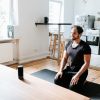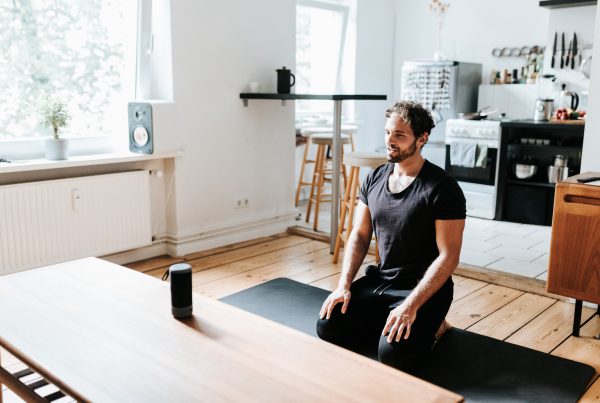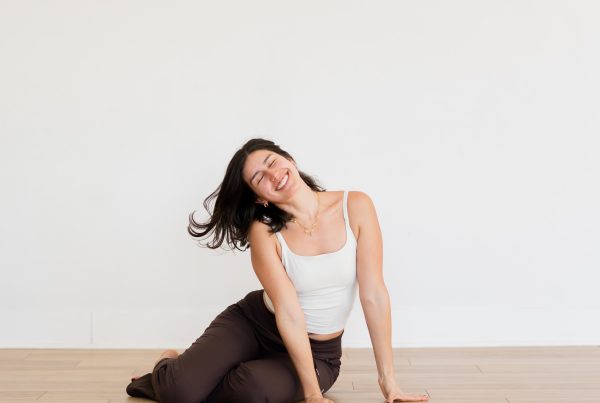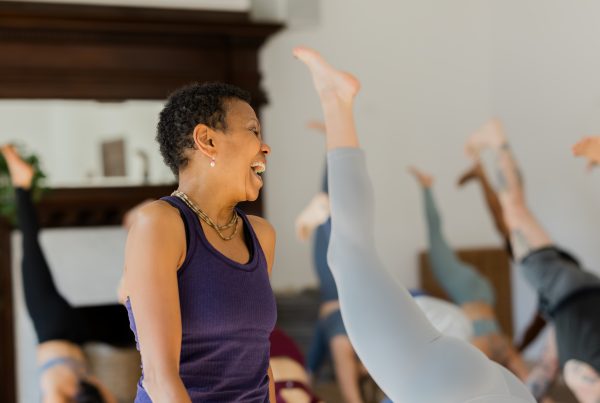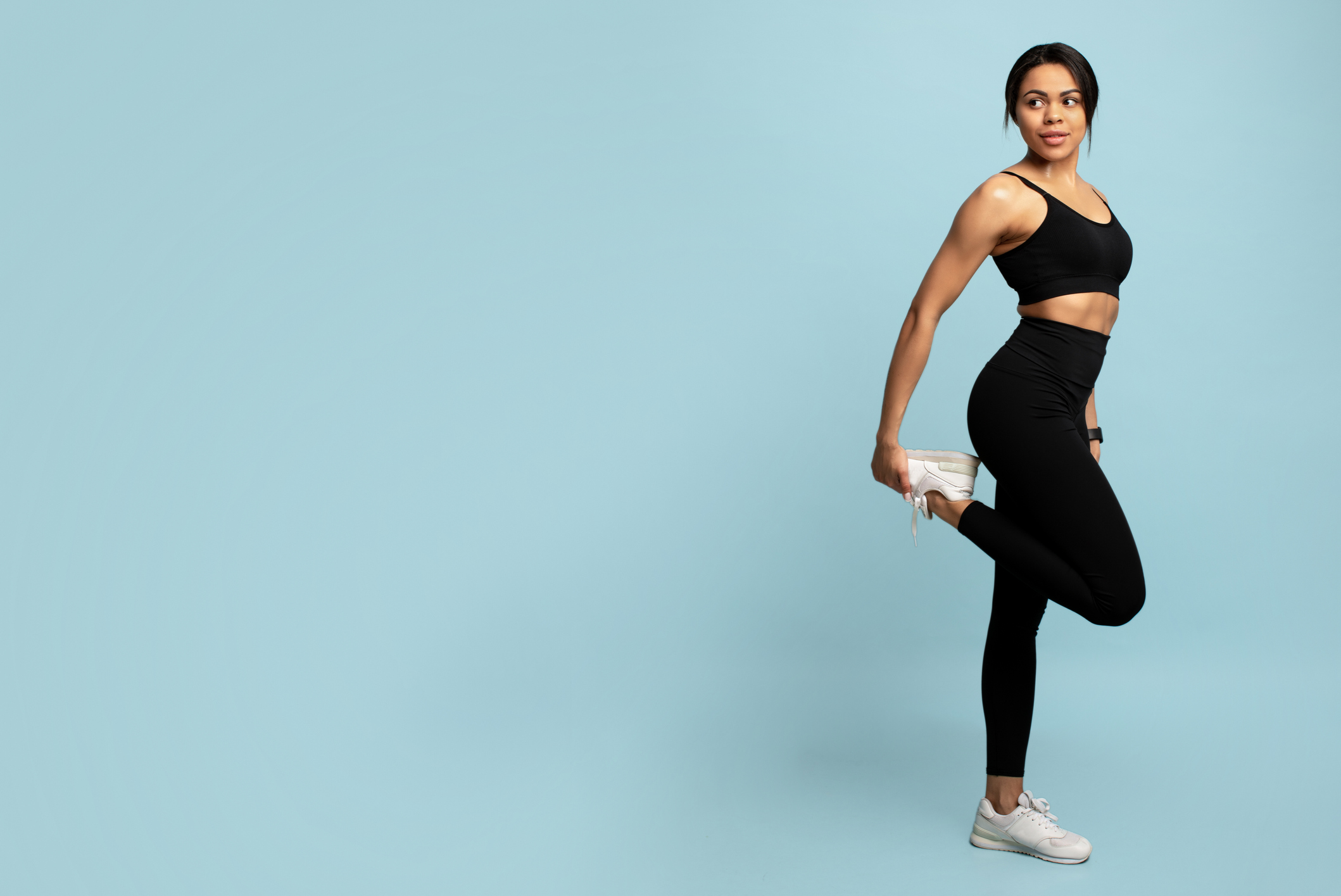
As movement practitioners who lead busy lives, sometimes we are faced with a decision to tend to our Yoga practice or our strength workouts. Now, I am a firm believer in that it’s beneficial to treat each modality as their own, but sometimes it works out to hit two birds with one stone. Certain styles of yoga inherently challenge one’s strength when done with good alignment and attention to form. However, there are particular postures which are especially helpful in maintaining or building strength. When I refer to strength I am mostly referring to muscular endurance strength, as building pure muscle strength or size would require larger external loads after a certain point.
1. Plank (Sanskrit: Phalakasana)
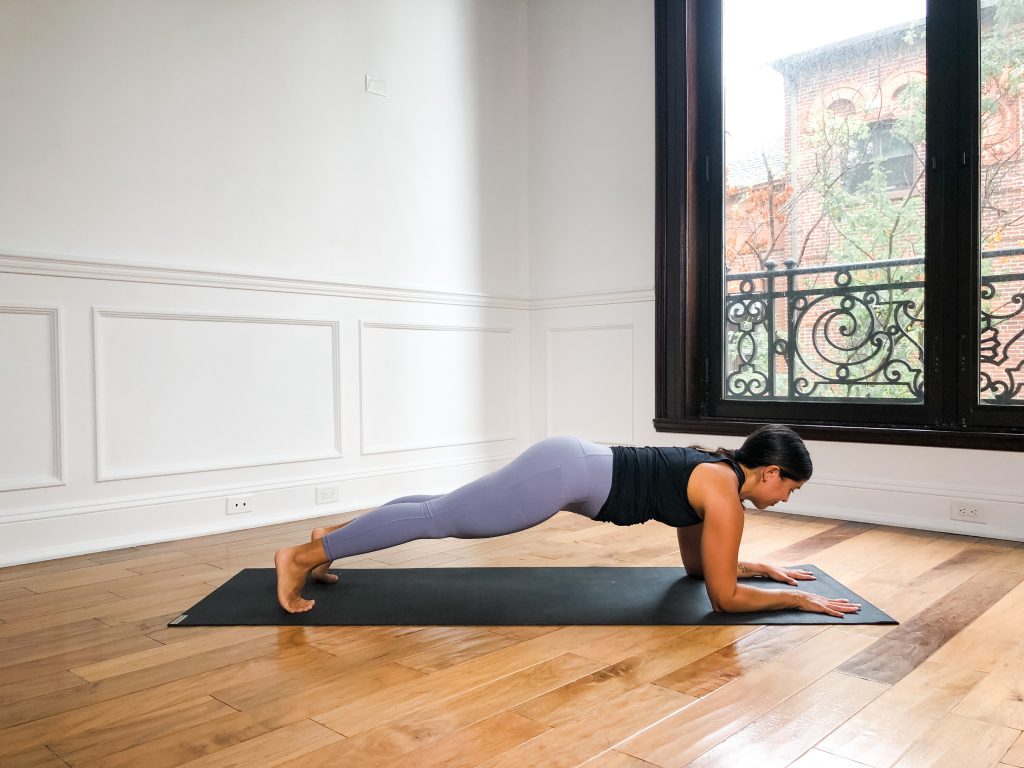
Plank is an excellent strength posture which works the full body. Typically when we refer to plank in Yoga it’s a high plank on the hands, but you can incorporate forearm planks which may be challenging in a different way.
How to:
- Plank with proper form requires a spreading of the shoulder blades (different from a rounding of the shoulder blades), the front ribs moving towards the spine, the hips more or less in line with the shoulders, and active quads.
- The heels of the feet should be stacked above the balls of the feet.
- To make this more of a strength exercise as opposed to a transition pose, extend the hold time of your plank. You can start by getting a baseline for yourself by holding a plank till failure, and then incrementally build upon that time.
2. Side Plank (Sanskrit: Vasisthasana)
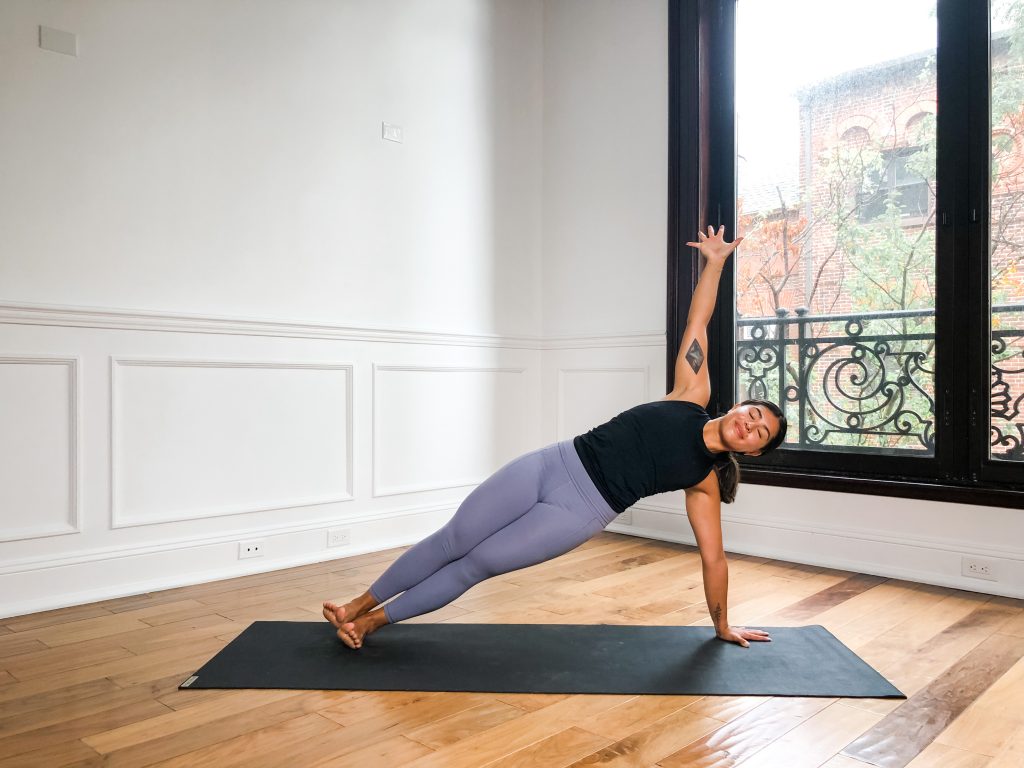
When you’re in side plank, the bottom hip lifts up and strengthens to support the rest of your frame. Like plank, traditional side plank is on the palm (and full vasisthasana has the top leg lifted with the top arm by yogi toe lock). Since we are focusing more on the strength aspect of this posture, I recommend coming down to the forearm to create more stability in the shoulder.
General side plank alignments points are as follows:
- The shoulders stack one on top of the other with the collarbones broad.
- Draw the front ribs towards the spine and the sacrum towards the pubis.
- The thighs are firm and the feet are stacked with toes spread.
Holding side plank will absolutely challenge your strength and extending the hold times can increase the capacity with which your body can withstand the posture. To challenge yourself further, try lifting the top leg and either holding, or lifting and lowering the top leg for 5-8 repetitions.
3. Boat (Sanskrit: Navasana)
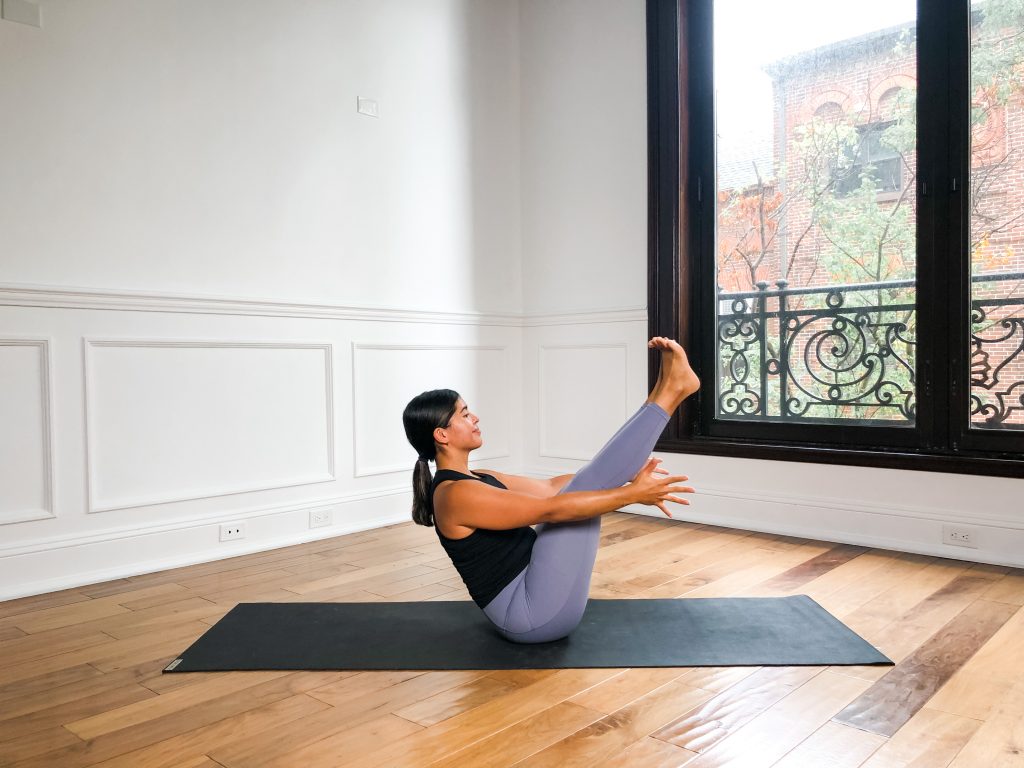
Boat is a wonderful posture to work on one’s strength as the “low boat” or “half boat” is essentially a hollow hold. It should be emphasized that while holding poses or positions will not take you to the heights of your fitness capabilities done alone, extending hold times trains our bodies to expand its capacity to deal with stress.
Points of alignment:
- For boat, the sit bones are grounded with the legs either fully extended or bent with the shins parallel to the ground
- The toes are spread and the back is more or less straight (no arched lower back)
- The arms are reaching forward (traditional boat connects the hands to the feet by yogi toe lock).
For low/half boat:
- The legs are lowered and extended forward with the thighs firm and toes spread.
- The back is lowered to the ground with the tops of the shoulders and the head lifted.
- The arms are reaching forward. *To make it more challenging, you can take the arms straight up or over the head.
There are so many poses (and variations) which can challenge your strength. Holding poses is just one way to work on your strength in a super simple (not necessarily easy to do though) way. Another way to challenge your strength is by adding external load (sometimes even a block will do) or incorporating repetitions of a particular exercise, such as going from low boat to high boat or turning your lunges into split squats. Again, I think it’s necessary to emphasize that both modalities should be treated as their own if you wish to effectively build strength and practice Yoga, but there are absolutely ways in which the two intersect and ways to customize to work with your life.



